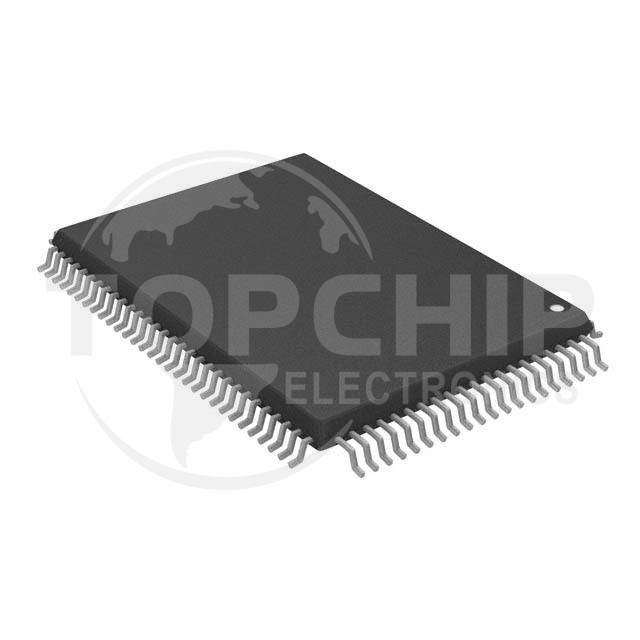Introduction
Digital Signal Processors (DSPs) have rapidly become an essential element in communication systems. Their unparalleled computational power, flexibility, and efficiency have transformed the way we transmit, receive, and process information. In this article, we will explore the significant role of DSPs in communication systems and the advantages they bring to the ever-evolving field of telecommunications.
1. Digital Signal Processing Basics
Digital Signal Processing is a powerful technique that manipulates digitized signals to analyze, modify, and synthesize information. DSPs are specialized processors that are designed explicitly for these tasks, allowing them to handle complex mathematical operations and algorithms with ease. Their design incorporates dedicated processing units and memory, enabling rapid and precise execution of signal processing algorithms.

2. Applications of DSPs in Communication Systems
DSPs have revolutionized communication systems by enabling advanced modulation, demodulation, and signal processing techniques. Some of the most significant applications of DSPs in communication systems include:
- Digital modulation and demodulation in modern wireless communication systems, such as 5G, 4G, and Wi-Fi networks
- Error detection and correction using sophisticated algorithms like Forward Error Correction (FEC) and Cyclic Redundancy Check (CRC)
- Digital filtering techniques for noise reduction, signal enhancement, and echo cancellation
- Audio and video compression algorithms that facilitate efficient transmission and storage in multimedia applications
- Cryptographic and security mechanisms, including encryption, decryption, and authentication
- Beamforming and multiple-input, multiple-output (MIMO) systems, which enhance reception and transmission capabilities in wireless networks
- Software-defined radio (SDR) systems that allow dynamic and flexible operation of communication devices
3. Advantages of Utilizing DSPs in Communication Systems
The use of DSPs in communication systems yields several benefits, including:
- Enhanced performance: DSPs can process signals at high speeds, with low latency and minimal errors. This efficiency greatly benefits time-sensitive and critical communication systems.
- Flexibility and adaptability: Implementing communication algorithms on DSPs allows easier updating, modification, and customization, enabling seamless adoption of new technologies.
- Improved signal quality: DSP techniques, such as noise reduction and digital filtering, ensure robust and clear communication even in challenging environmental conditions.
- Scalability: DSPs can rapidly scale to meet increasing data rate requirements, making them ideal for addressing future communication demands.
- Reduced cost and power consumption: The inherent computational capabilities of DSPs enable more efficient signal processing, translating to lower overall power consumption and reduced system costs.
Conclusion
Digital Signal Processors have revolutionized the communication systems landscape with their unparalleled processing capabilities and adaptability. Through applications such as digital modulation, error correction, digital filtering, and beamforming, DSPs have significantly improved the efficiency, reliability, and quality of communication systems. As the telecommunications industry continues to evolve, the role and importance of DSPs in shaping the future of connectivity cannot be understated.
We are the professional distributor of electronic components, providing a large variety of products to save you a lot of time, effort, and cost with our efficient self-customized service. careful order preparation fast delivery service。
Digital signal processor related product recommendation
- Texas Instruments Embedded - DSP (Digital Signal Processors)
- Linear Technology Embedded - DSP (Digital Signal Processors)
- NXP Semiconductors Embedded - DSP (Digital Signal Processors)
- Microchip Technology Embedded - DSP (Digital Signal Processors)
- ON Semiconductor Embedded - DSP (Digital Signal Processors)
- STMicroelectronics Embedded - DSP (Digital Signal Processors)
Recommended popular science articles on related electronic components:
Latest Trends and Future Prospects in Microcontroller Technology

